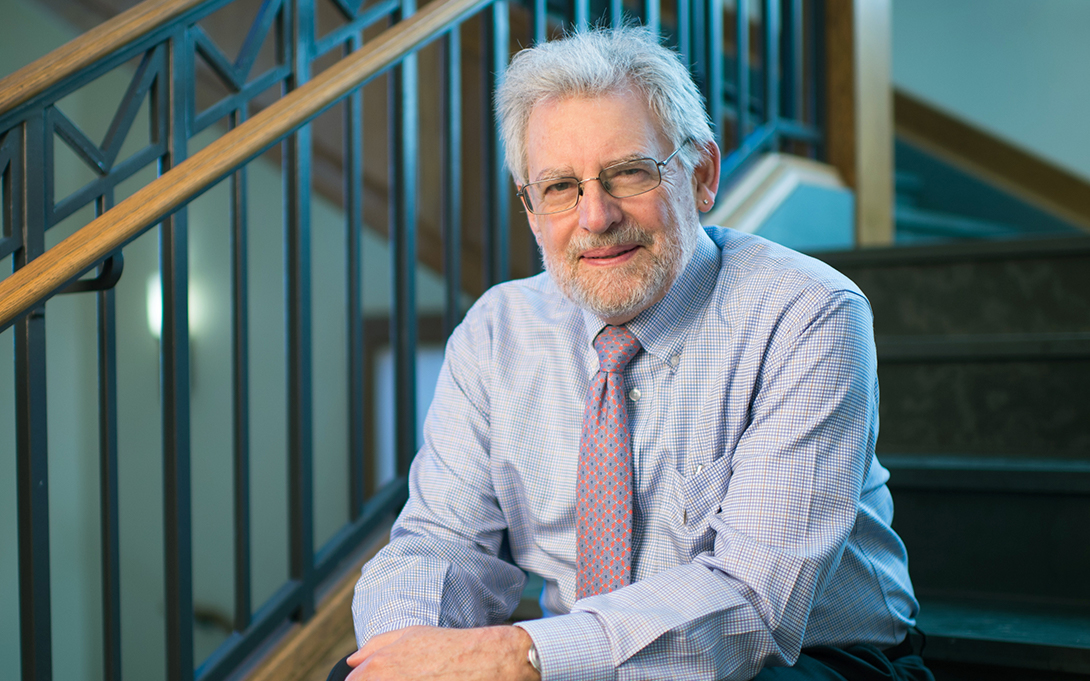
Mary Corcoran and Paul Courant on gender wage discrimination
The gender pay gap is notoriously alive and well, decades after women entered the workforce in large numbers. Mary Corcoran and Paul Courant explored this issue together many times over the years.
In one important study, published in 1993, the two, with co-author Robert G. Wood, used data from University of Michigan Law School graduates to explore earnings fifteen years after graduation. Their model was clever: it ensured that the men and women in the sample had identical training and education.
They found that a year after graduation, pay for the women was 93 percent of that for their male counterparts. By year fifteen, the gap had ballooned: women earned just 61 percent of what men were paid.
But why? The study broke new ground on answering that question because the researchers built a model that accounted for work histories and other theoretically important determinants of women’s wages. Sure enough, their findings linked some of the wage gap to those variables, such as women’s greater role in childcare, switching jobs more frequently, and having practiced law for fewer years.
Having empirically accounted for those factors, the authors could be more certain that any gap remaining was likely due to employer discrimination. Since that first study was published, many others have used this same approach, applying the model to other professional fields and more effectively identifying gender discrimination in the labor market.
» Read “Pay Differences among the Highly Paid: The Male-Female Earnings Gap in Lawyers’ Salaries” in the Journal of Labor Economics, Vol. 11, No. 3 originally published in July 1993.

Carl Simon on the spread of HIV
Carl Simon and his research group were among the first to estimate the contagiousness of HIV. This was difficult to do simply with empirical data since many of those infected, especially in the first San Francisco epidemic, did not know when or by whom they were infected. Simon’s team applied a rigorous calculus-based model to San Francisco data to conclude that it was the recently infected who were especially contagious. A disproportionate amount of HIV transmission occurred in the very first months of infection, often before the infected was aware of his or her infection.
This observation has guided many interventions since then. Their work was recognized by the Howard Temin International HIV Prize. Last year, in celebration of this work, the Jacquez-Koopman-Simon scholarship was established to support graduate students using complex systems techniques to shed light on epidemiologic policies.
» Read “Modeling and analyzing HIV transmission: the effect of contact patterns” originally published in Mathematical Biosciences Volume 92, Issue 2, December 1988.

Robert Axelrod on the evolution of cooperation
Using the prisoner’s dilemma from game theory through a biological lens, Robert Axelrod, along with evolutionary biologist W. D. Hamilton, unearthed a theory on the evolution of cooperation that ultimately influenced views on war, governing the internet, cancer research, and more. The journal article, and subsequent book with the same title, emphasized that individuals may interact more than once, which alters behavior. Axelrod and Hamilton posited three sequential questions of robustness, stability, and initial viability of strategies used in the prisoner’s dilemma—defecting to preserve oneself or cooperating with another for longer-term benefits for both. They found that the simplest of strategies, tit for tat, is evolutionarily stable.
This research has been cited tens of thousands of times, by scholars from a wide range of disciplines, helping Axelrod earn an eye-popping Google Scholar h-index of 63. Originally a journal article, then expanded and published as a book, the work has been translated into 11 languages.
» Read “The Evolution of Cooperation” in Science Vol. 211, originally published March 27, 1981.
» Read more about these “faculty findings,” and many others, at fordschool.umich.edu/faculty-publications.
Below is a printed version of this edition of State & Hill, the magazine of the Ford School. View previous editions.